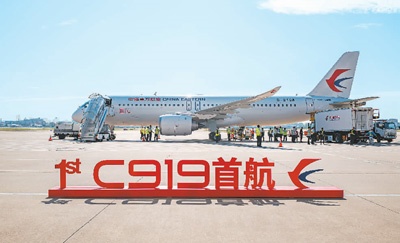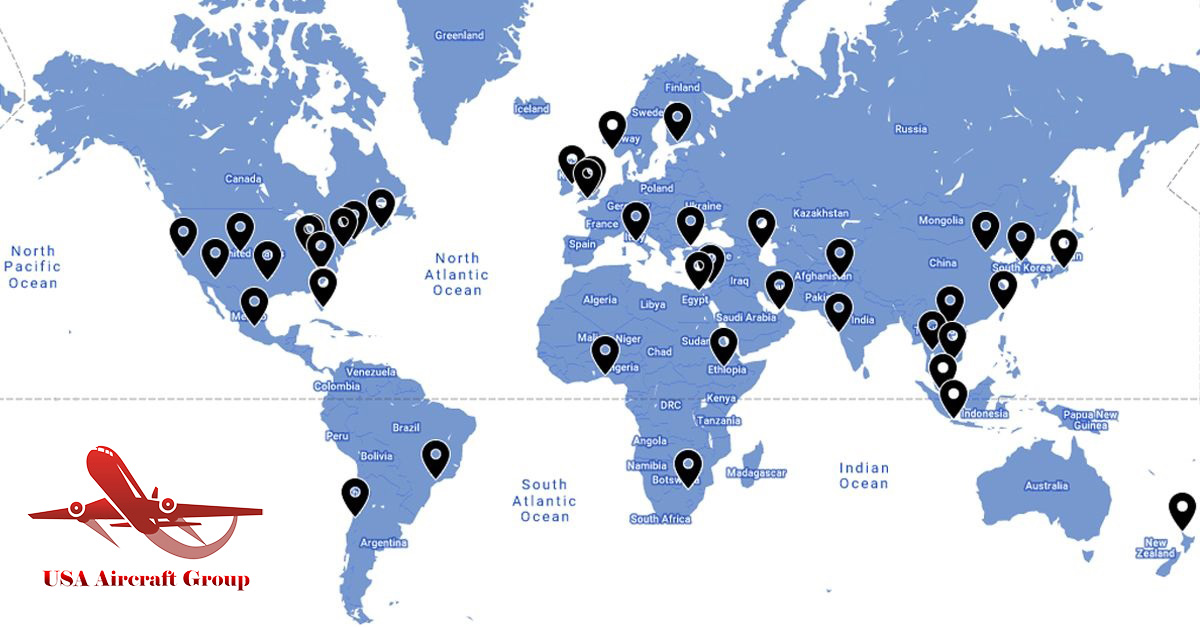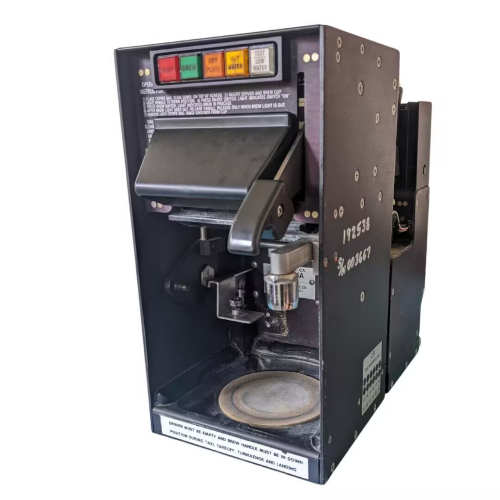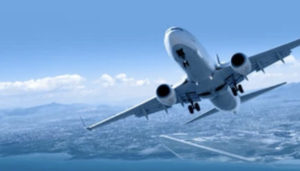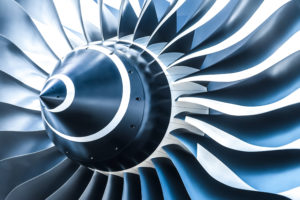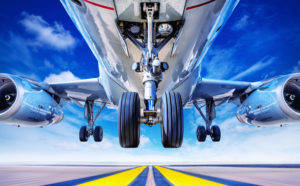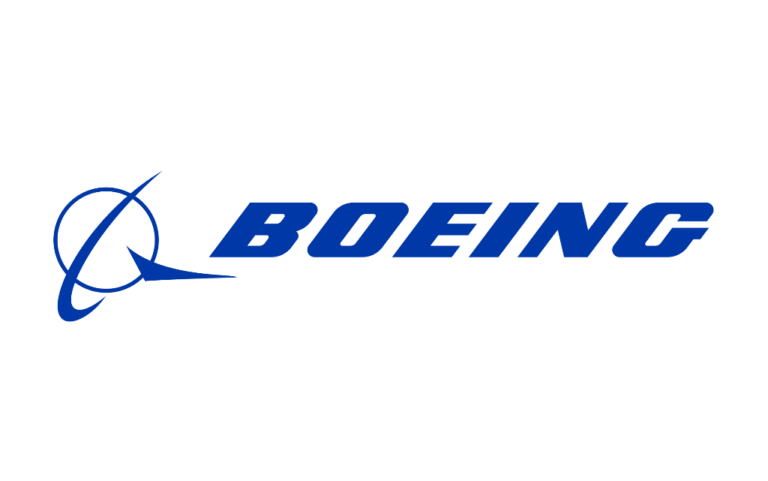Press Releases

Simulated cockpit-USA Aircraft Group Corporation
Date: 2025/10/17
The simulated cockpit, commonly known as a simulator, is the core equipment for pilot training, program familiarity and aircraft research and development. From thousands of yuan of home equipment to tens of millions of dollars of fully active flight simulators, their common goal is to reproduce the driving environment of real aircraft as realistically as possible.We can divide the simulated cockpit into two categories: professional flight simulator and consumer/enthusiast simulation cockpit.
---
I. Professional flight simulator
This kind of simulator is mainly used by airlines, flight schools and aircraft manufacturers. They have passed the certification of the aviation management agency, and the pilot's training on the simulator can record the flight time of the real aircraft.
Core features:
· Extremely high authenticity: 1:1 copy the cockpit of a specific model, including the touch and force of all switches, instruments and handles.
· Fully dynamic platform: The cockpit is installed on the hydraulic or electric platform, which can simulate the body feeling of the aircraft's pitch, roll, yew, take-off, landing and bumps.
· Scene system: use a high-resolution projector or a super-large display to provide a surround vision of more than 220 degrees, and can simulate various weather, day and night and airport environments.
· Force feedback system: The joystick and rudder pedal have real force feedback, and the pilot can feel the sense of maneuver brought by pneumatics.
· Certification level: The highest level of FFS can completely replace the real machine for most of the training subjects.
Introduction to the main subdivisions inside the cockpit:
A typical simulated cockpit of a civil airliner (take Boeing 737 or Airbus A320 as an example) is mainly divided into the following areas:
1. Front main dashboard
· Main flight display: located directly in front, showing the most critical information such as the aircraft's attitude, air speed, altitude, heading, etc.
· Navigation display: usually next to the main flight display, the flight plan, radar weather, nearby airports and route points.
· Engine indication and crew alarm system: centrally display engine parameters and various system warning information.
2. Top control panel
· Located above the pilot's head, it is responsible for controlling the power supply, fuel, hydraulic, air intake, air conditioning/pressurger and other systems of the aircraft. The pilot needs to complete a series of operations here before starting the engine.
3. Central control console
· Throttle thrust rod: controls the thrust of the engine.
· Flight management computer: The pilot enters the flight plan, route, performance data, etc. here, which is the brain center.
· Communication navigation panel: used to adjust the radio frequency, communicate and navigate with the tower.
· Autonomous driving control panel: set and manage the autonomous driving mode.
· Flap and seam handle: control the lifting device of the wing.
· Spoiler handle: used to slow down and reduce lift when landing.
4. Side panel and control lever
· Driver's bar/side bar: The Boeing series is the central driver's bar, and the Airbus series is the side bar, which is used to control the pitch and roll of the aircraft.
· Rudder pedal: control the left and right deflection of the head of the aircraft, which is used for ground taxiing and coordinated cornering.
· Other controls: such as parking brakes, leveling wheels, etc.
---
II. Consumer-grade/enthusiast simulation cockpit
This is a device built at home by flight simulation enthusiasts, with a wide range of complexity and price.
Core features:
· Based on PC and simulation software: such as Microsoft Flight Simulation, X-Plane, Prepar3D, etc.
· Modular construction: Users can freely combine different peripherals.
· High flexibility: It can simulate a variety of different models, from Cessna to Boeing 777.
· Cost controllable: ranging from thousands of yuan to hundreds of thousands of yuan.
A typical home simulation cockpit composition:
1. Software platform
· Microsoft Flight Simulation: Famous for its top visual effects and real-time weather and landscape.
· X-Plane: It is favored by professional pilots for its physical engine and flight model accuracy.
· Prepar3D: Originated from Microsoft Flight Simulation, it is more used for professional teaching and training.
2. Hardware core - peripheral three-piece set
· Flight joystick: the most basic peripherals, integrated driving lever and throttle, and some buttons. Suitable for beginners.
· throttle quadrant: independent throtle control lever, usually including multiple engine throttle, paddle pitch and mixing ratio control.
· Rudder pedal: provide more realistic sliding and cornering control.
3. Instrument and display system
· Main display: You can use a single monitor, triple screen or ultra-wide curved screen to get a wider field of view.
· VR helmet: provides an unparalleled sense of immersion, making players feel like they are really sitting in the cockpit.
· Physical instruments: Enthusiasts can buy or 3D print specific models of instruments to increase the sense of reality through software-driven.
· Touch screen: used as an interface for displaying and operating the central console and flight management computer.
4. Cockpit structure
· Prefabricated cockpit: Some companies provide complete housings and dashboards for specific models (such as Boeing 737).
· DIY cockpit: Hardcore enthusiasts use wood, aluminum alloy, 3D printed parts to build the entire cockpit structure by themselves, and install all switches and indicator lights.
5. Buttons and switch panels
· The independent USB control panel is full of various switches, knobs and indicator lights, which are used to control navigation lights, landing gears, fuel pumps and other systems.
---
Summary: The meaning of simulated cockpit
Whether it is a valuable professional simulator or a home equipment carefully built by enthusiasts, the core meaning of the simulated cockpit is:
· Safety: Pilots are allowed to practice emergency fault handling in risk-free environments, such as engine failure, bad weather, etc.
· Efficiency: Greatly reduce the time and money cost of real machine training.
· Proficiency: Form muscle memory by repeatedly practicing standard operating procedures.
· Immersion and fun: It provides a platform for aviation enthusiasts to realize their dreams of flying.
If you want to experience it yourself, you can start with a simple flight joystick and Microsoft flight simulation to explore this charming world step by step.



